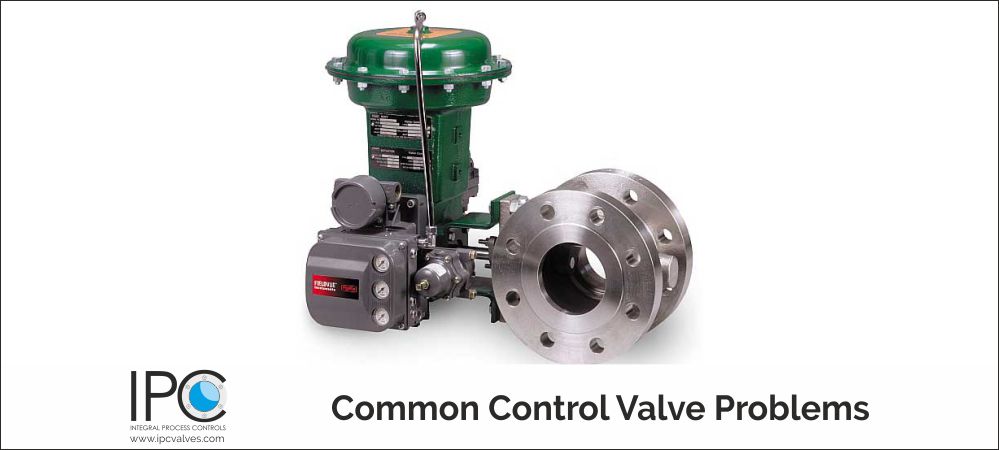Control valves are essential components in the fluid control industry used to regulate fluid flow based on signals from controllers. Essentially, control valves vary the flow passage size, enabling direct control of flow rate and other critical process quantities such as pressure, temperature, and liquid level. This discussion delves into the benefits and applications of control valves while highlighting some of the factors to consider when selecting the best control valve for specific applications.

Applications of Control Valves
Control valves are utilized in various industrial and commercial applications, such as:
1. Water Treatment Plants
Control valves are used in water treatment plants to control the flow of water and other fluids, including chemicals and materials to achieve precise control of pH levels, chlorine levels, and other critical components that the plant may require.
2. Food and Beverage Industry
Control valves are used in the food and beverage industry to regulate the flow of fluids, including steam, gases, and liquids. The valves help control process quantities such as pressure, temperature, and the liquid viscosity, ensuring safe and consistent production.
3. Oil and Gas Industry
The oil and gas industry utilizes control valves to regulate the flow of liquids, gases, and other materials in various operations, including refining, transportation, and processing. Control valves help maintain accuracy, safety, and efficiency in the industry’s complex operations.
Benefits of Control Valves
Control valves offer a wide array of benefits in different industries, including:
1. Improved Process Control
Control valves provide precise control over the process quantities in industrial and commercial applications. This helps maintain consistent flow rates and process controls, leading to enhanced overall efficiency.
2. Enhanced Safety and Reliability
Control valves help maintain safety in various applications by regulating the flow of hazardous or volatile materials. The valves also offer reliable and accurate control while reducing the risk of downtime or safety concerns that may arise from manually regulating the process quantities.
3. Energy Efficiency and Cost Savings
Control valves help conserve energy and reduce costs by minimizing energy use in industrial plants. By accurately regulating the flow of liquids or gases, energy is conserved, leading to reduced operational costs and enhanced profitability.
Factors to Consider When Choosing the Right Control Valve
When selecting the right control valve, it’s important to consider various factors such as:
1. The Application
The type of application in which the control valve will be used should be considered, including the type of fluid to be regulated, the desired control range, and the process conditions that may affect the valve's performance.
2. Materials of Construction
The materials used to construct the valve should also be considered. Factors such as corrosion resistance, chemical compatibility, and pressure capabilities of the valve materials should be examined to ensure that they align with the application’s requirements.
3. Control Valve Type
There are different types of control valves in the market, including globe valves, gate valves, ball valves, and butterfly valves. The type of valve selected should align with the application’s needs based on factors such as the flow requirements and control range.
Conclusion
Control valves are essential components in various industries and commercial applications, providing process control, reliability, and efficiency. By accurately regulating flow rates and other critical process quantities such as pressure, temperature, and liquid level, control valves help maintain safety and optimize operations in different industries. When selecting the right control valve, it’s important to consider the application, materials of construction, and type of valve to ensure optimal performance in industrial and commercial settings.